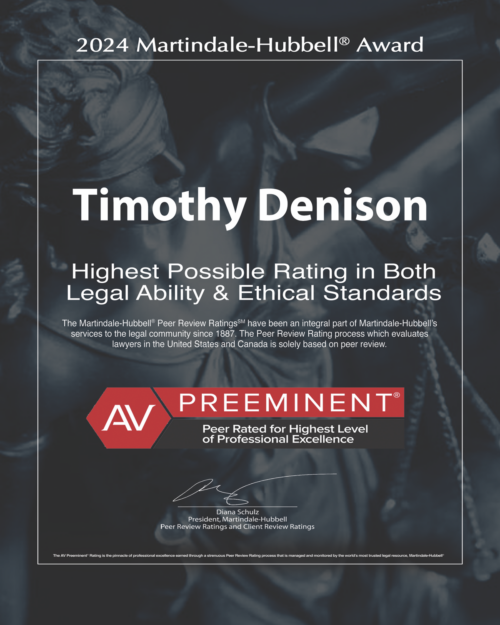Difference Between Murder and Manslaughter
A story is developing about a 22-year old woman’s death in Germantown. The woman’s body was found with a fatal gunshot wound. Originally, police were treating it as a death investigation. Now, they’ve upgraded it to a murder investigation. Have you ever wondered about the difference between murder and manslaughter?
Homicide is basically the taking of someone’s life. In Kentucky, there are four legal classifications describing the type of homicide that occurred:
- Murder – homicide committed with the intend to kill or cause injury (a.k.a. “malice”). This is class A felony offense, which can carry 20 years or more in prison. If certain aggravating factors are present, it can be charged as a capital offense and the government may seek the death penalty.
- Manslaughter – 1st degree manslaughter is a homicide, but without the element of malice. Rather, there must be some level of emotional disturbance or a death resulting from an uncontemplated act. This is a class B felony with a prison term between 10-20 years. For instance, bar fight that resulted in a homicide or a death unintentionally caused “in the heat of the moment” or “a crime of passion.”
- Manslaughter – 2nd degree manslaughter is also a homicide, but the factors don’t necessarily involve the emotions, such as anger or passion. A commonly cited example is a fatal hunting accident. This is typically a class C felony, resulting in 5-10 years in prison.
- Reckless Homicide – Again, this is a homicide but without the above-mentioned elements. It’s the lowest level charge. The element of intent is not present, but the prosecutors can prove that the defendant took an unnecessary risk or engaged in wanton or reckless conduct that resulted in the victim being killed. This is a class D felony, resulting in 1-5 years in prison. An example is a driver who runs into a pedestrian.
As a Kentucky criminal defense attorney, I’ve handled multiple cases involving murder charges. If the evidence doesn’t allow me to get the case thrown out, I’ll transition my strategy based on the difference between murder and manslaughter. There may be ways to eliminate or mitigate the element of “intent.” I may be able to convince the judge and jury that the homicide was not planned, nor expected, and therefore should be considered manslaughter.
When I’m successful in these arguments, the main victory is that my client would no longer be eligible for the death penalty. Often, it’s not whether my client walks free, but rather the type of sentence that is ultimately imposed.
Link to news story: http://www.wdrb.com/story/37995031/death-of-woman-found-shot-in-germantown-ruled-a-homicide
















